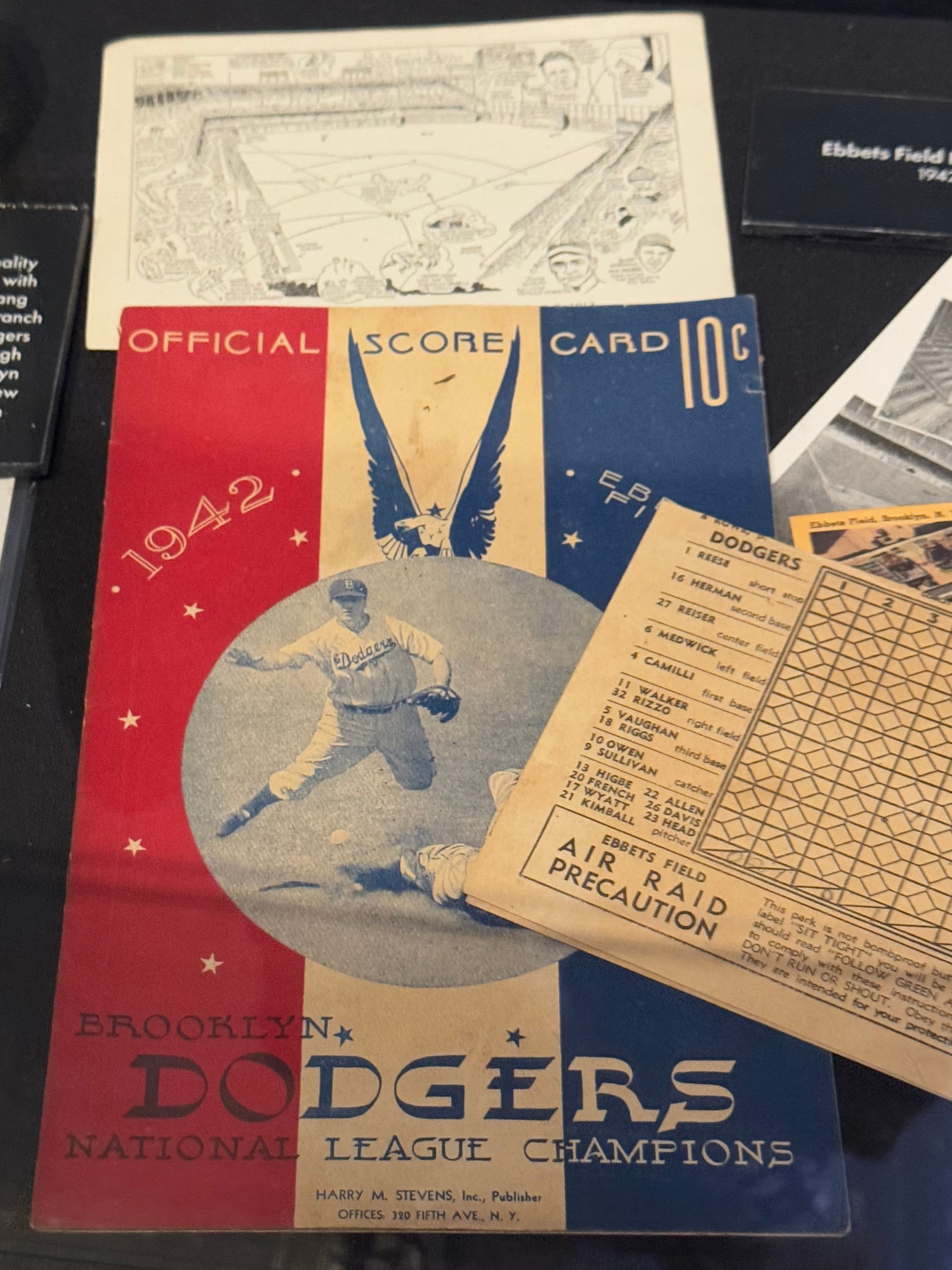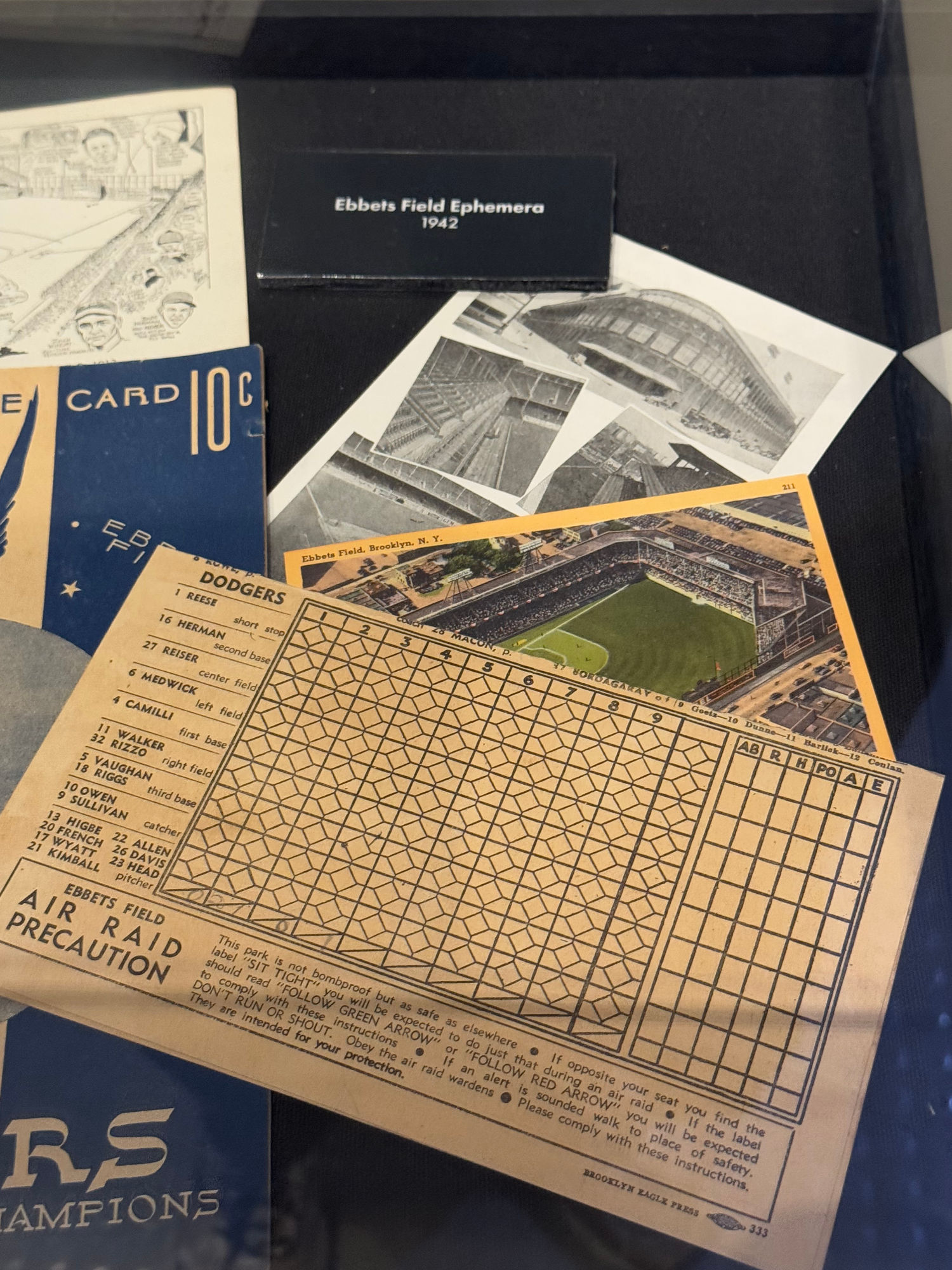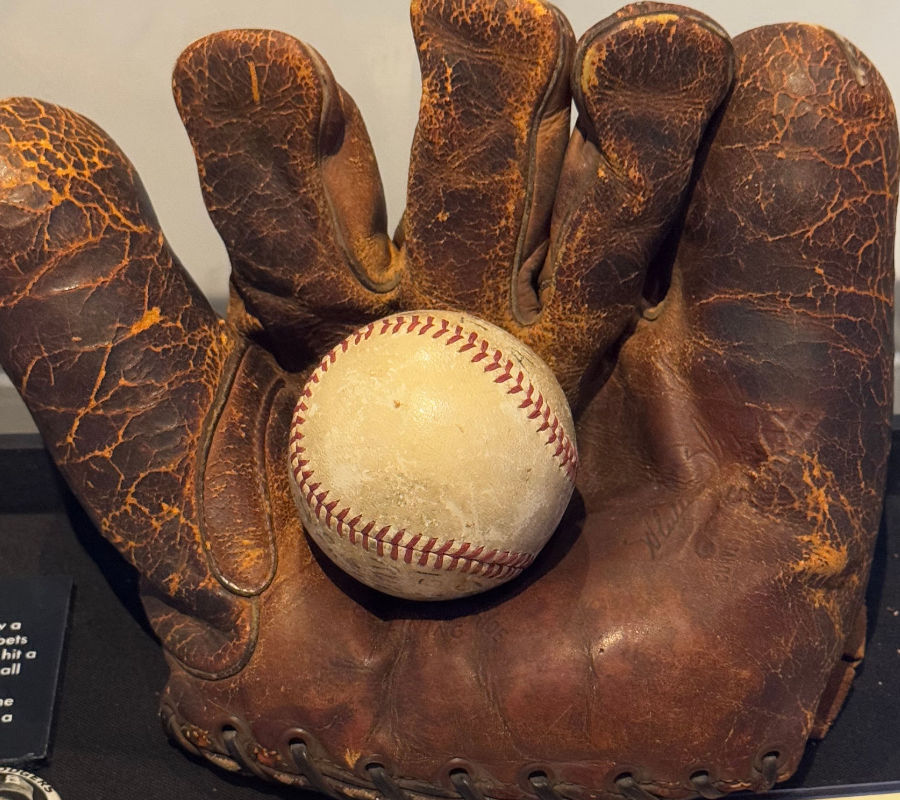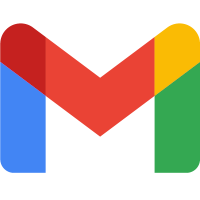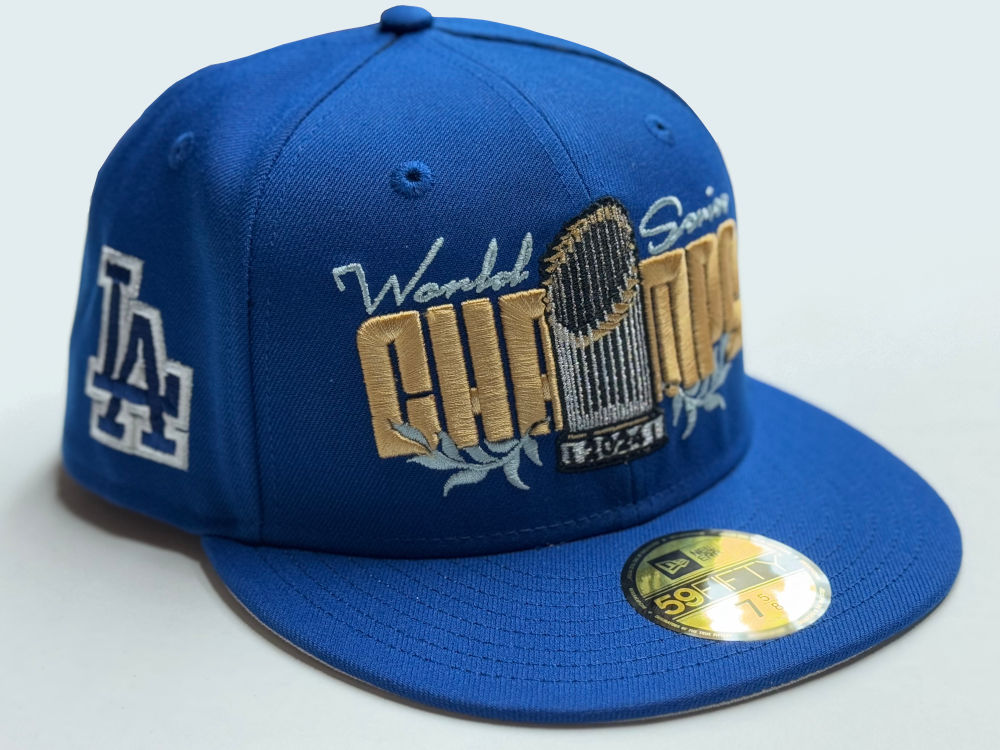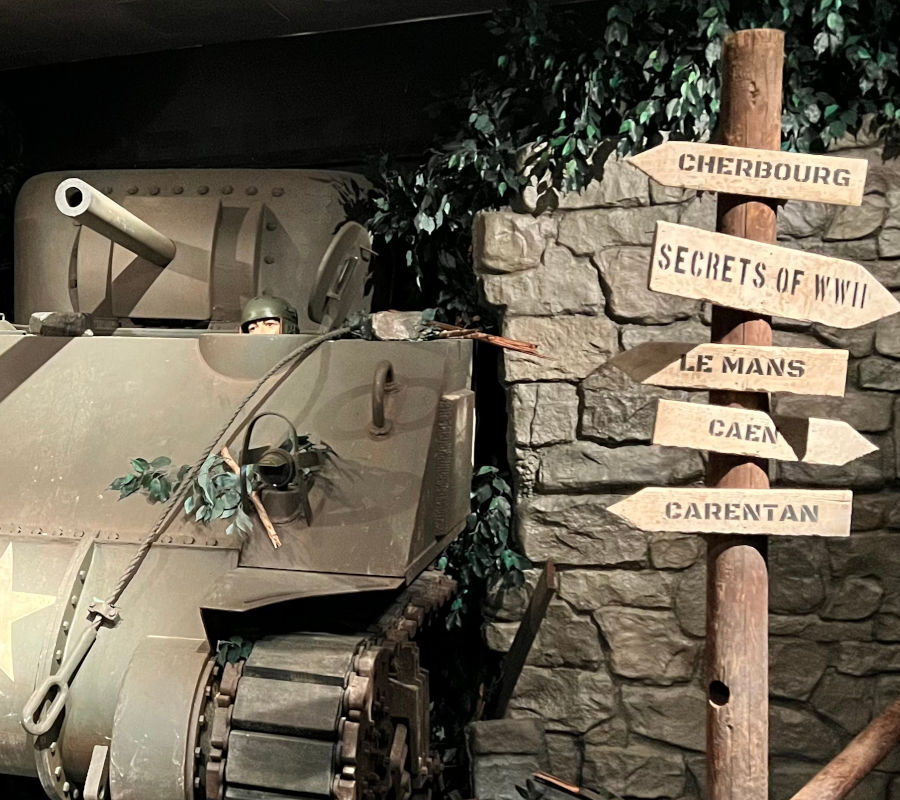CLUB LEVEL:
Dodger Hats on Amazon
Clear Stadium Tote Bag Official Dodgers 2025 MLB Baseball Shohei Ohtani Dodgers Funko Pop!As an Amazon Associate we earn from qualifying purchases
1942 in Major League Baseball
When the United States entered World War ll in December of 1941, the future of Major League Baseball became unclear. Two decades prior during World War I, baseball was deemed non-essential by the United States government, and players were mandated to "work or fight." This national emphasis on the war effort forced an early end to the 1918 season, and with the onset of another global conflict, the question of whether the 1942 season would happen weighed heavily on baseball executives, owners, players, and fans.
In January of 1942, Commissioner Kenesaw Mountain Landis hand-wrote a letter to President Franklin D. Roosevelt asking for advice on if Major League Baseball should continue operations as planned. President Roosevelt wrote the famed "Green Light Letter" to Commissioner Landis the following day, plainly stating:
With the President's encouragement, the 1942 season went on as scheduled.
This collection was given to the Dodgers by Bernard McKenna, an English professor at the University of Delaware. He was writing a book about the 1942 baseball season before deciding to go in a different direction, but he maintained a collection of Brooklyn Dodgers memorabilia from the era.
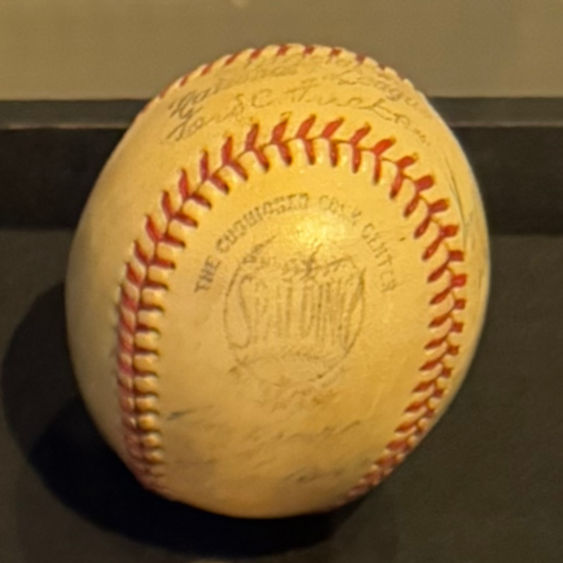
Though the Polo Grounds in Upper Manhattan were home to the rival New York Giants, the Dodgers spent quality time on the field during the 1942 season. The Dodgers won against the Giants on Opening Day, and several members of the Dodgers squad played in the 1942 All-Star Game at the Polo Grounds, where this ball was signed.
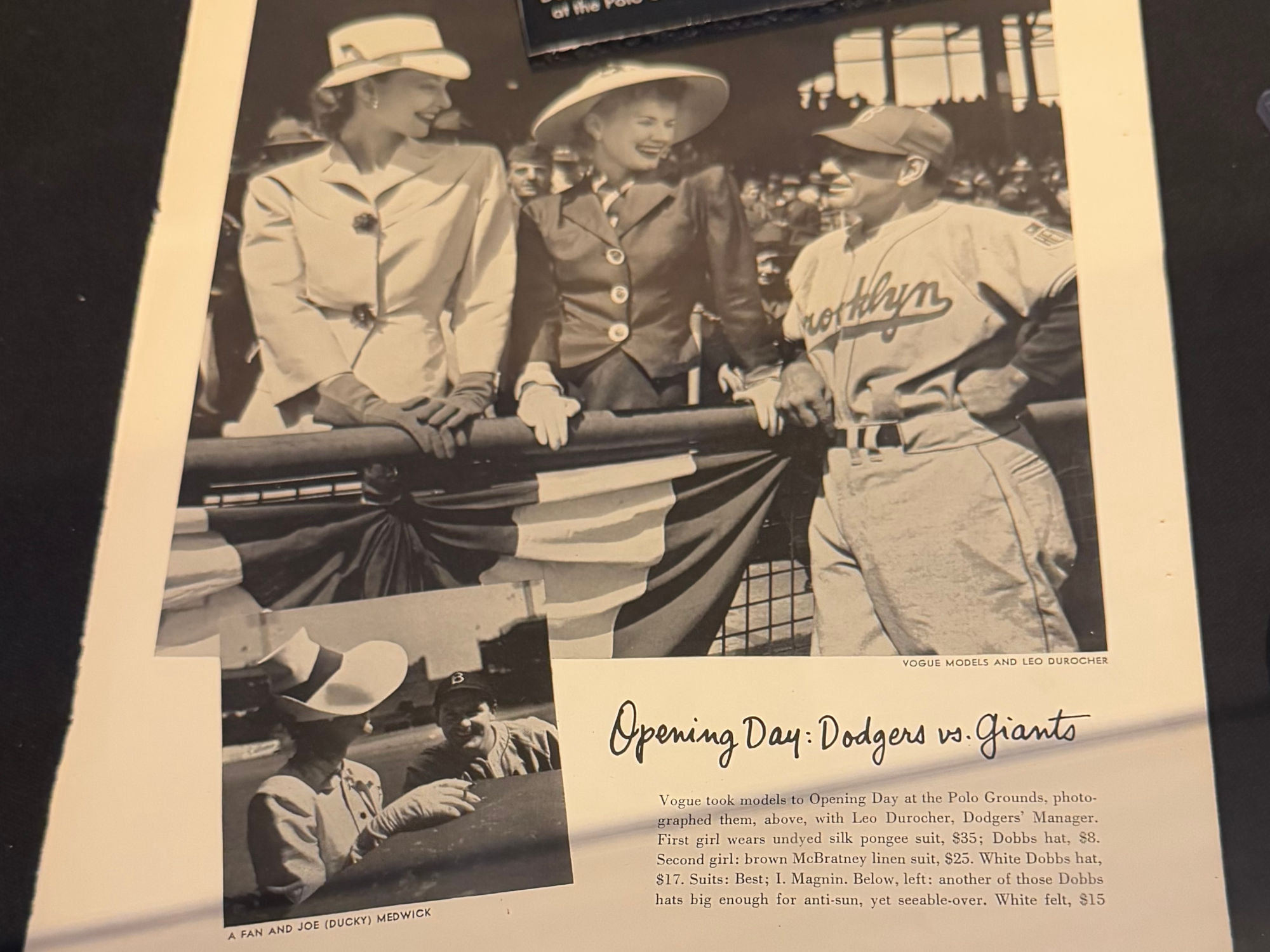
Opening Day: Dodgers vs Giants
Vogue took models to Opening Day at the Polo Grounds, photographed them, above, with Leo Durocher, Dodgers' Manager. First girl wears undyed silk pongee suit, $35; Dobbs hat, $8. Second girl: brown MeBratney linen suit, $25. White Dobbs hat, $17. Suits: Best; I. Magnin. Below, left: another of those Dobbs hats big enough for anti-sun, yet seeable-over. White felt, $15
RELATED: [https://www.eatlife.net/dodger-stadium/leo-durocher.php]
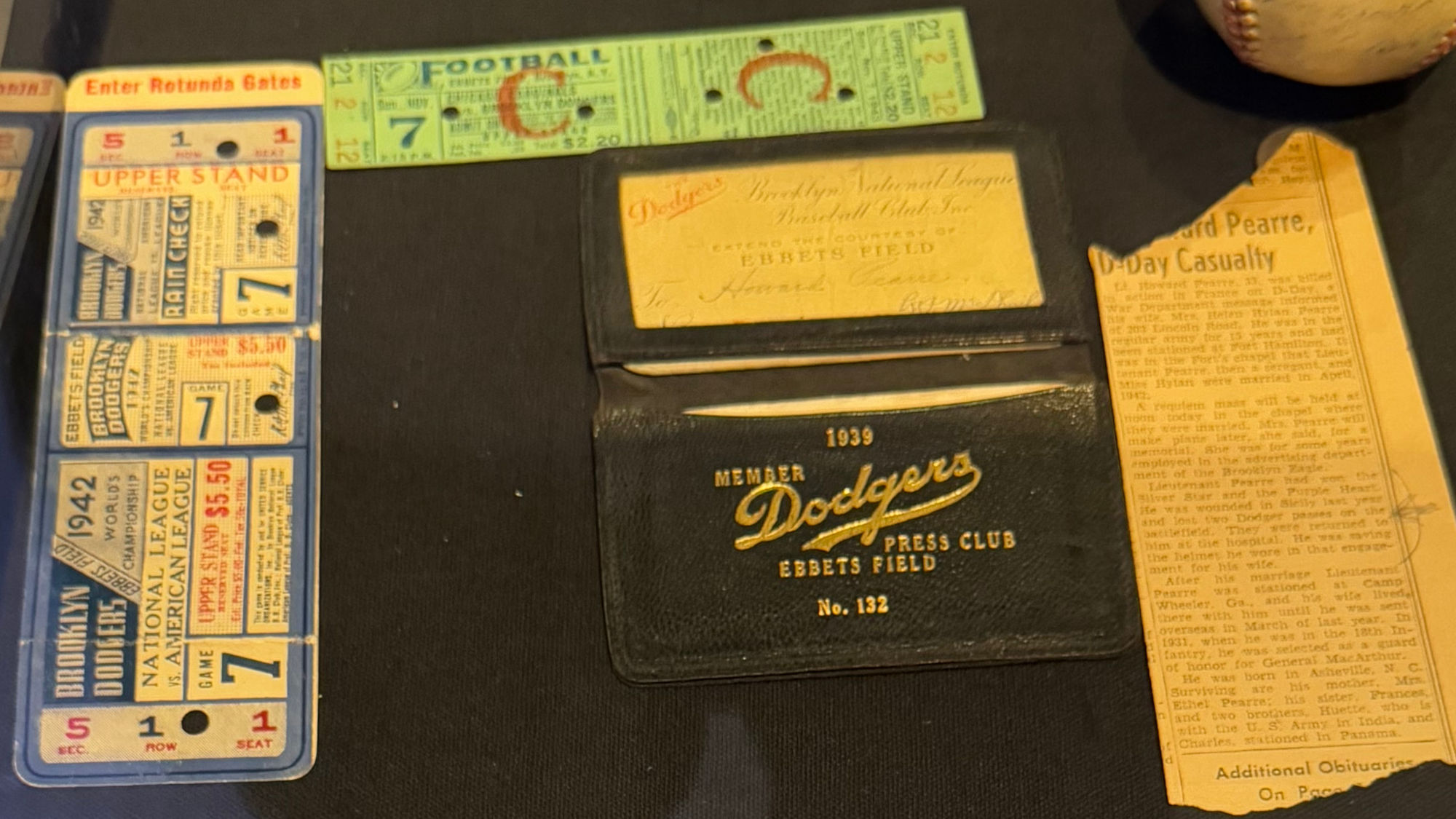
Press Materials
This collection belonged to Howard Pearre, a reporter who covered the Dodgers at Ebbets Field before serving in World War II. While stationed in Sicily in 1943, Pearre carried his Dodgers press passes with him on the battlefield. He lost the press passes when he was wounded in battle, but they were found and returned to him while he recovered ín a hospital. Pearre was tragically killed in action on D-Day at Normandy Beach, and received a Purple Heart Medal for his service and sacrifice.
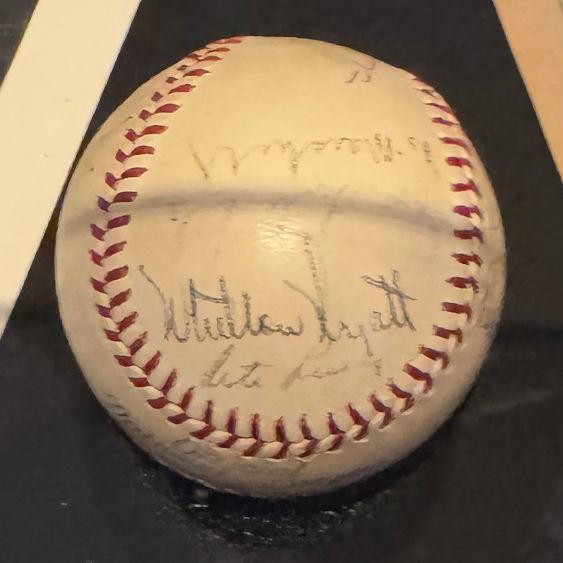
On August 20th, 1942, Whitlow Wyatt threw a one-hitter against the New York Giants at Ebbets Field. The one hit came from Johnny Mize, who hit a home run that landed in the scoreboard. The ball was signed by Mize, then inscribed by the scoreboard keeper, who wrote:
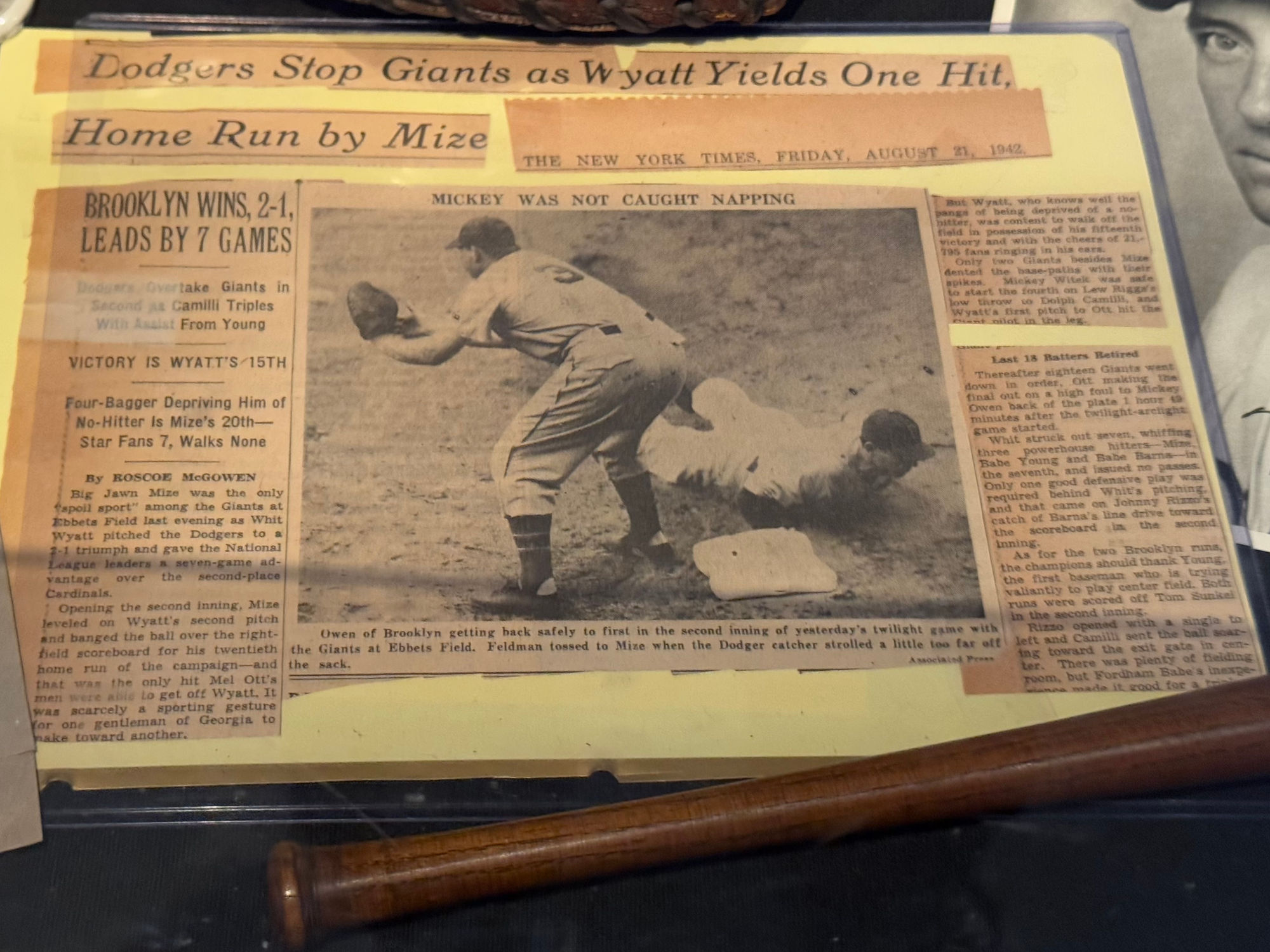
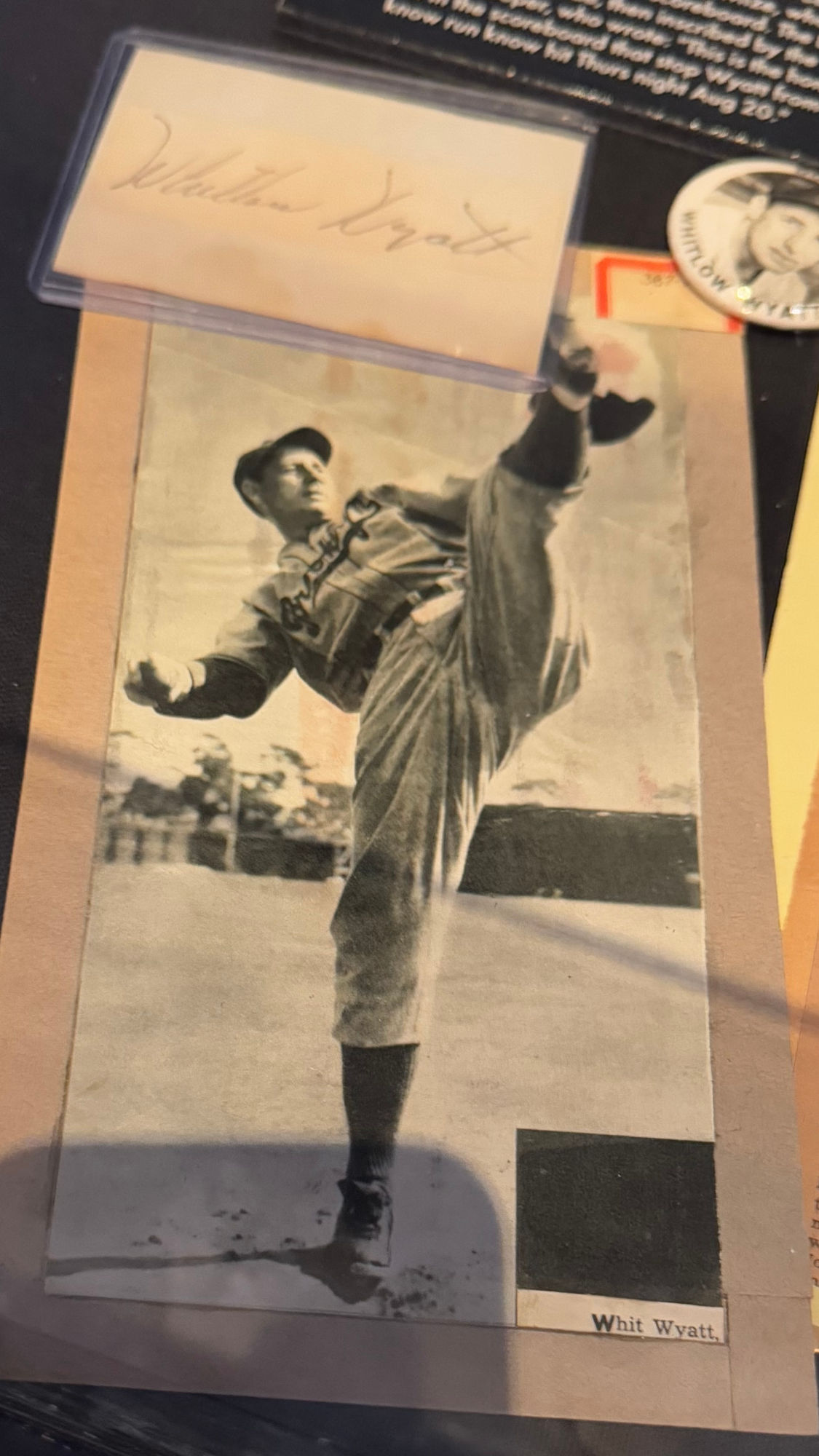
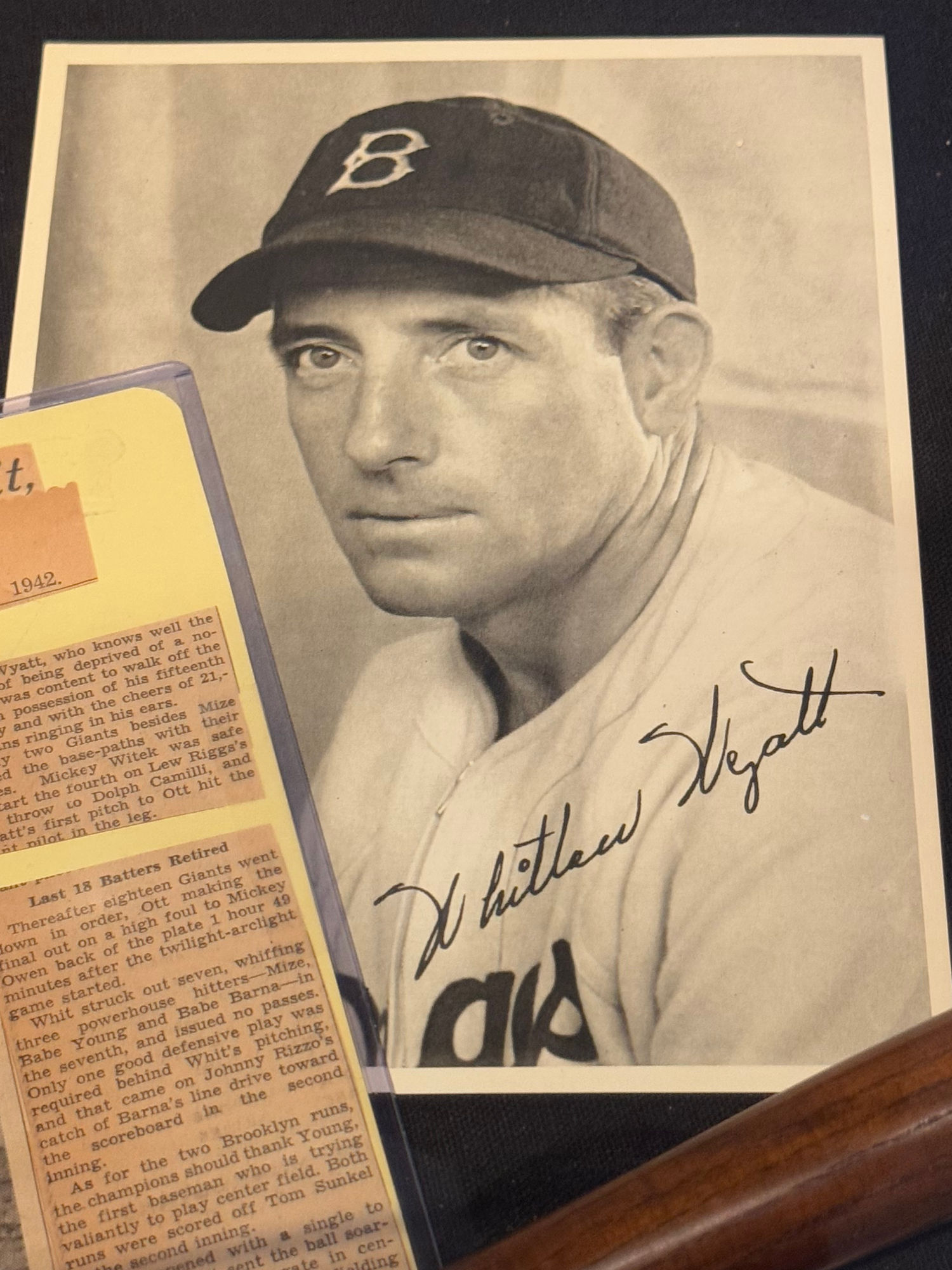
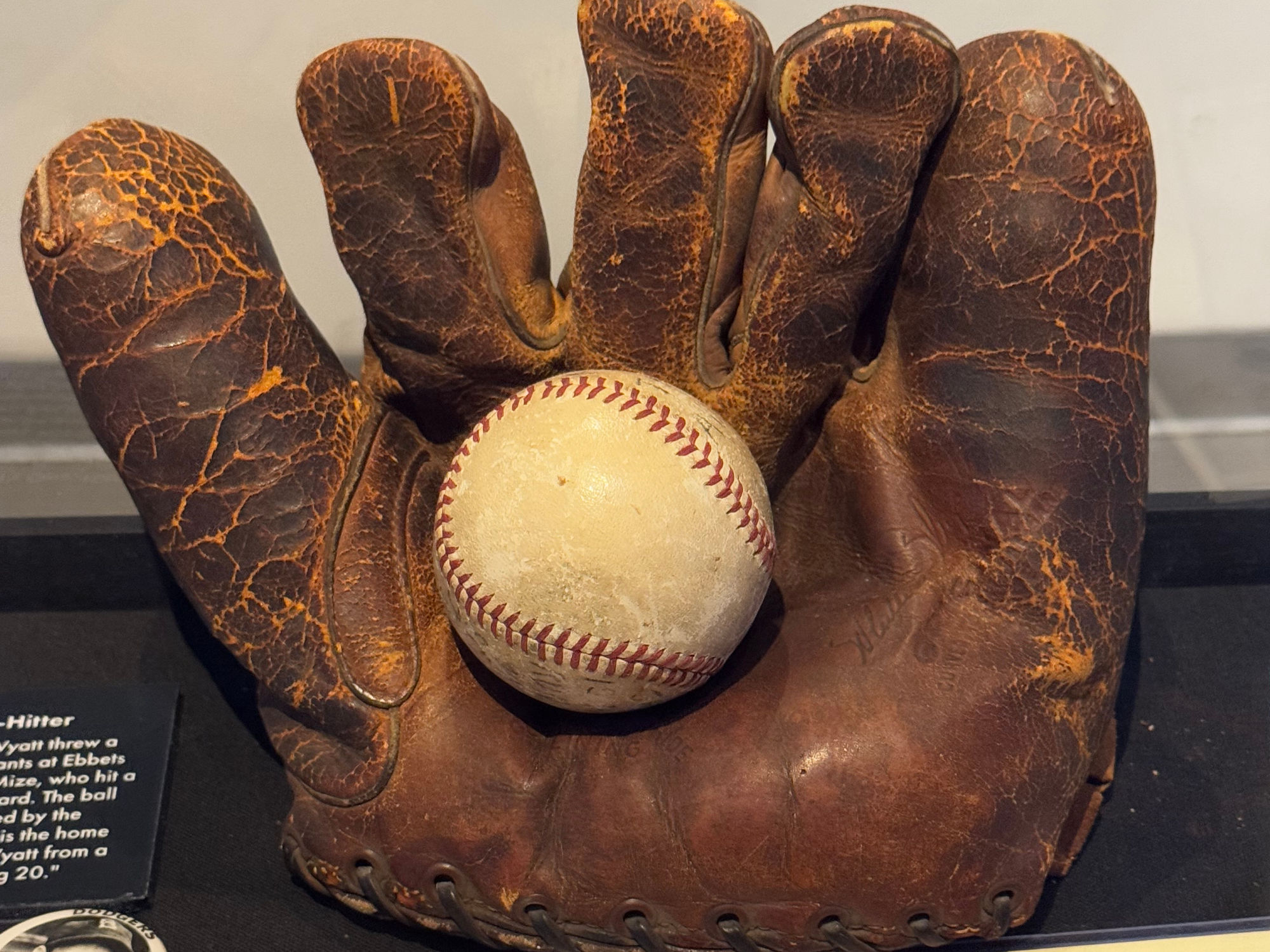
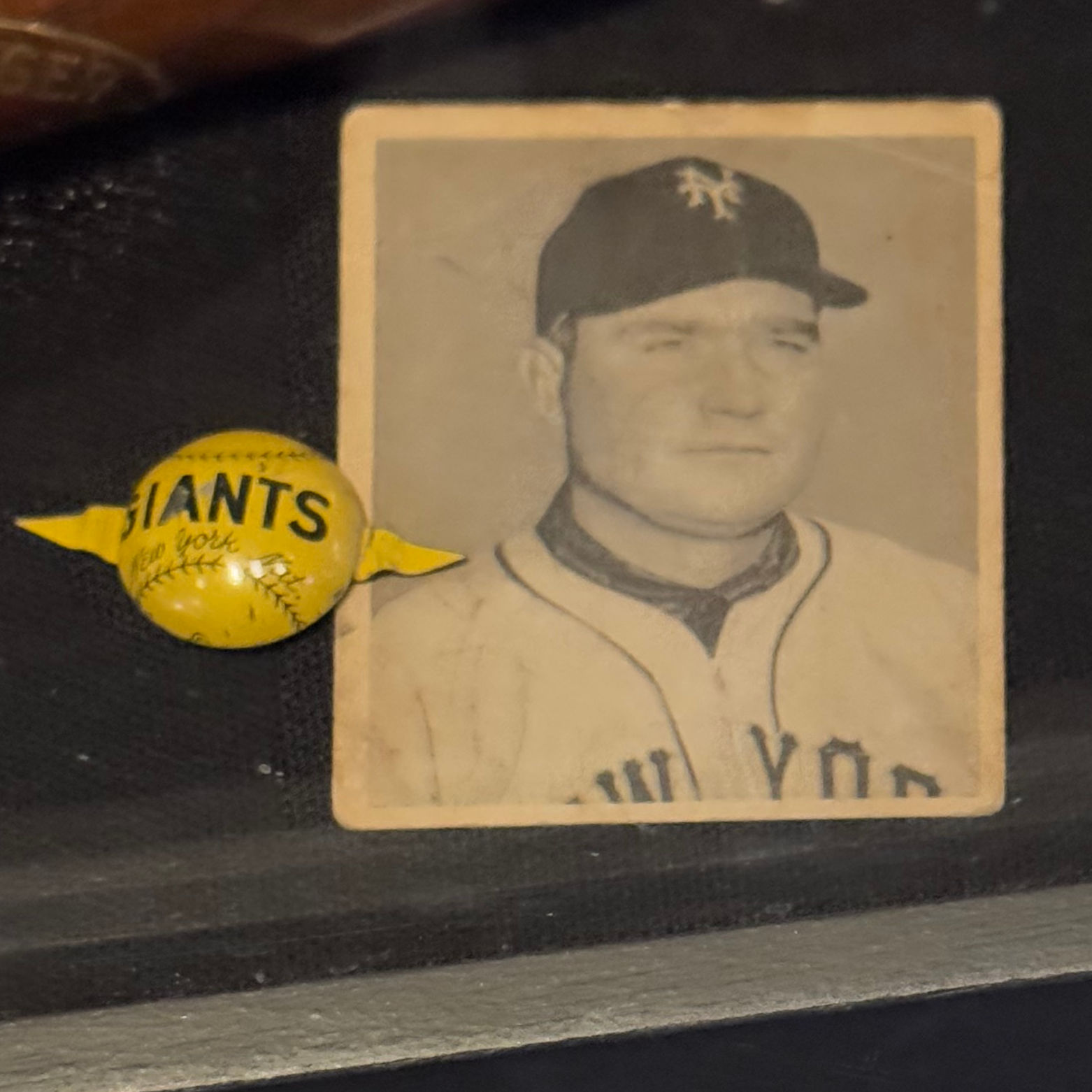
Johnny Mize
1942 New York Giants
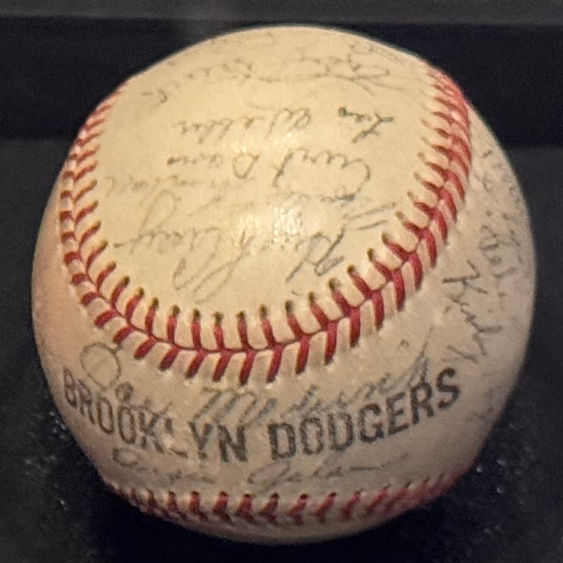
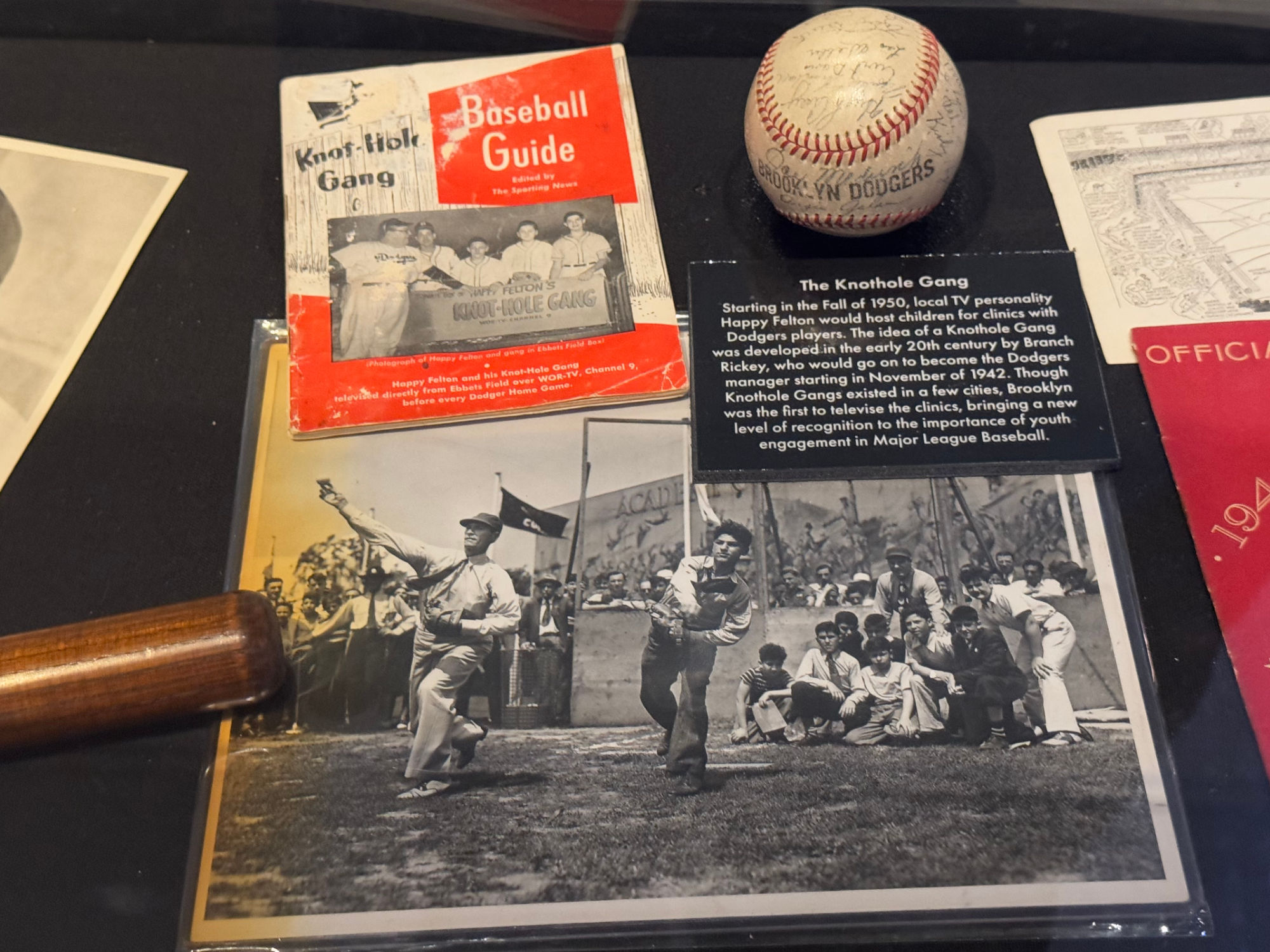
The Knothole Gang
Starting in the Fall of 1950, local TV personality Happy Felton would host children for clinics with Dodgers players. The idea of a Knothole Gang was developed in the early 20th century by Branch Rickey, who would go on to become the Dodgers manager starting in November of 1942. Though Knothole Gangs existed in a few cities, Brooklyn was the first to televise the clinics, bringing a new level of recognition to the importance of youth engagement in Major League Baseball.
RELATED: [https://www.eatlife.net/dodger-stadium/branch-rickey.php]
